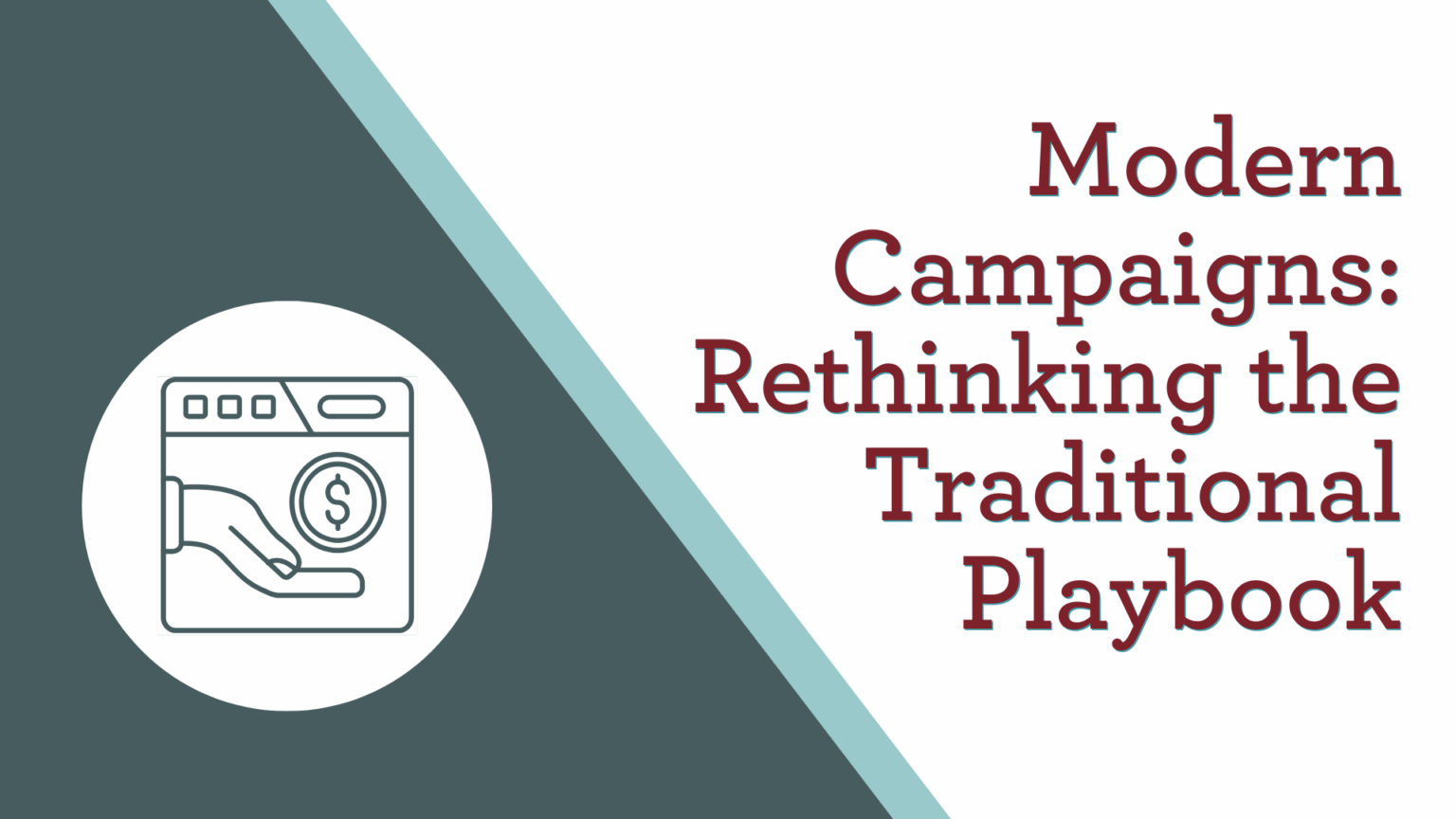
Kelly Quilter, CFRE
Vice President
There is a reason campaigns have powered many of our sector’s most exciting developments—helping causes launch groundbreaking programs, build state-of-the-art facilities, fuel research, and realize visions for community improvement. Campaigns work. Their structure—time-bound, distinct from day-to-day operations, volunteer-led, anchored by a compelling case—creates the conditions for extraordinary generosity.
But as the world shifts, should our campaigns shift with it?
Traditional campaigns (five- to seven-year initiatives with a preparation phase, quiet phase, public phase, and capstone phase) remain a trusted path and valuable tool. Yet some leaders are beginning to experiment, adapting their campaigns to match new realities. Below are three modern variations we see gaining traction.
Agile Campaigns
In an agile model, an organization establishes a clear North Star vision, then rolls out specific funding opportunities in “sprints” over the course of the campaign.
Imagine the leaders of a healthcare system. Their bold, ten-year goal is to solve the youth mental health crisis. They haven’t defined every single investment to be made over the next decade—but they have a broad strategy, and they know their number-one priority for the next 18 months is to expand the emergency department to include safe spaces for youth mental health crises. They approach donors with this big vision and initial priority, then every year revisit and refresh top funding opportunities, while always maintaining focus on their bigger goal.
The benefits of the agile campaign model include:
- Flexibility: Agile campaigns, by offering the opportunity to revisit and renew fresh funding opportunities every 12 to 24 months, maximize your ability to adapt to a changing landscape.
- Stronger donor partnerships: With a consistently updated array of philanthropic opportunities, gift officers can better find the exact initiative or project that will align with a donor’s passions.
- Building momentum: Organizations can frequently share successes with donors by first celebrating the completed youth mental health emergency room, then the successful new outpatient specialty clinic, then the new community prevention program. It turns a long, multi-year campaign into a series of near-term energizing victories.
I’ve seen agile campaigns work for causes ranging from healthcare to higher ed to human services: any time an organization has a clear, inspiring long-term vision but needs flexibility to get there. In particular, agile campaigns are suited to fast-changing fields, like healthcare, where new innovations are always emerging, or advocacy, where the political landscape is always shifting.
Growth Campaigns
A growth campaign, sometimes called a phase-one or capacity-building campaign, is a focused effort to invest in the people, systems, and resources that unlock your organization’s bigger, bolder dreams.
Think of a museum in a city on the rise. The museum is eager to grow alongside its region and offer a wealth of new experiences that meet its community’s increasing expectations. However, the institution has reached the limits of its existing capacity. To rise higher, the museum launches a growth campaign, inviting donors to create the necessary conditions for future growth and vitality. Donors’ investments are used strategically to build the endowment, increase the annual fund, fund key positions, and improve infrastructure to ensure a museum is ready and able to pursue its boldest ambitions.
The benefits of implementing a growth campaign model include:
- Broadening your donor base. Growth campaigns allow your organization time to build and nurture relationships with donors, ensuring they are ready to make their highest and best gift when the time for a phase-two or future capital campaign comes along.
- Establishing financial stability. By bolstering your fiscal foundation, you increase your ability to navigate future challenges, respond to changing priorities, and nimbly seize new opportunities. However, while growth campaigns are about building financial strength, they work best when messaging focuses on the ultimate vision (“creating a cultural destination that supports our city’s continued rise”) rather than specific fiscal objectives (“build endowment, create reserves, improve infrastructure”).
Momentum Campaigns
The momentum campaign model is about concentrated action in an accelerated timeline. It’s designed for organizations with clear fundraising objectives, an urgent need or opportunity, and early commitments from key volunteers and donors.
Consider a foodbank during the height of the pandemic. The need is urgent; demand for their services is at an all-time high. Their vision is clear: they’ve been preparing for years to build a new model for food access that more closely resembles a grocery store and increases choice and dignity for customers; they know exactly what it will take to build and sustain. They have secured the full support of community leaders. The most influential executives in the region have agreed to serve on the steering committee and make pacesetting gifts. The organization launches a momentum campaign, completing every phase of fundraising in less than 18 months.
The benefits of a momentum campaign include:
- Avoiding fatigue. With a focused scope and a short, well-managed timeline, organizations can avoid volunteer/staff fatigue or campaign drift.
- Building credibility. Successfully executing a momentum campaign strengthens trust with donors and partners. It demonstrates your ability to move quickly and deliver on your promises, setting the stage for future investment.
- A compelling and extremely clear and specific case. Because the goals are clearly defined, organizations can articulate exactly what needs to happen, why it matters now, and what success looks like.
This model often piques the interest of nonprofit leaders and fundraisers, but it’s important to set expectations. To succeed, momentum campaigns require a disciplined team; specific plans and fundraising objectives; positive feasibility study results; committed volunteers; and a highly engaged donor base. It often works best for well-established nonprofits with loyal donors, a high-functioning board, strong brand recognition, and a track record of delivering impact.
The Right Campaign for Your Moment
Whether you’re rallying your community around a new vision, strengthening your internal foundation, or building momentum for the future, one thing’s certain: there’s more than one way to run a winning campaign. At Benefactor Group, we’ll help you find the approach that fits your moment and makes it count. Let’s connect.





